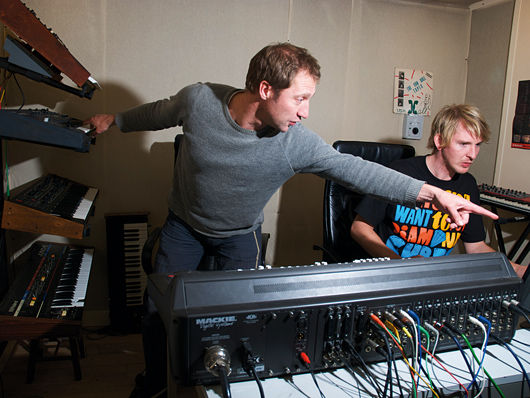In pictures: Kraak and Smaak's studio
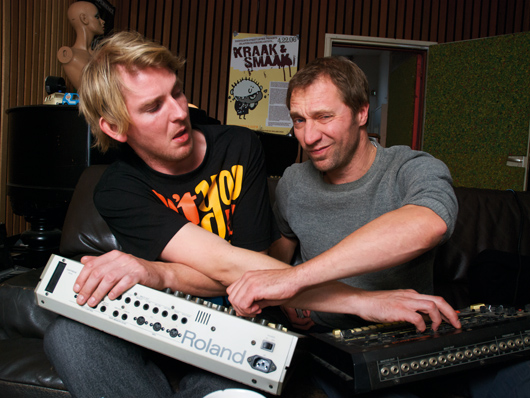
Welcome
Kraak and Smaak are Oscar de Jong (left), Mark Kneppers (right) and Wim Plug (not pictured), a Dutch trio who’ve been making driving electro-funk since 2003. Famed not just for their own studio material but also their remixes and live performances, the band’s music blends samples, programming and live instrumentation. Earlier this year, Future Music went to visit Oscar and Mark in their canal-side studio in Leiden, Holland.
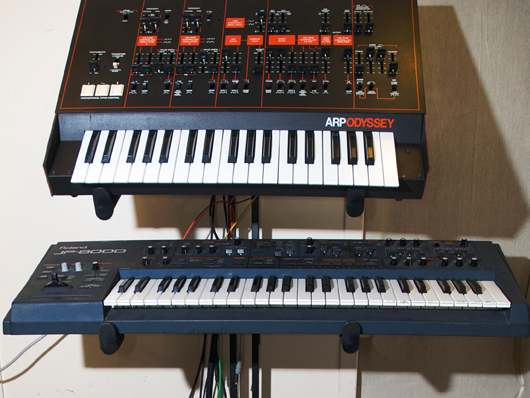
Synths
“This is a great monophonic classic,” says Oscar de Jong of his Arp Odyssey, “you never know what it’s going to sound like when tweaking and looking for a certain sound”. The Roland JP-8000, meanwhile, is described as “the fattest virtual analogue synth on the market except for a couple of soft synths maybe”.
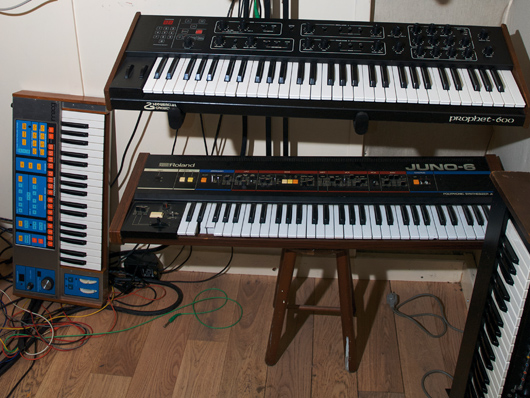
More synths
Oscar calls on the Sequential Circuits Prophet 600 for “classic house sounds”, while the evergreen Juno-6 is described as “OK, but not as nice as my Jupiter-8”. Despite having a reputation for being annoying to program, Moog’s Source (bottom left) “isn’t hard to play and use intuitively,” opines Oscar, while the miniKorg 700s (bottom right) does the job when it comes to “strange leads and percussive sounds”.
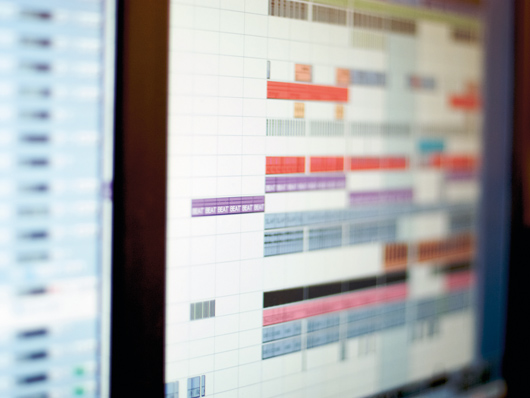
Software
Cubase is Kraak and Smaak’s DAW of choice; when FM visited the studio, Oscar was running version 4 but looking to upgrade to 5. “I’m bleeding money with all these fucking updates - but I gotta have them!” he admits. “The easy thing [Steinberg] introduced in 4, compared to 3, is the internal sidechaining in every compressor and effect for maximum dancefloor joy.”
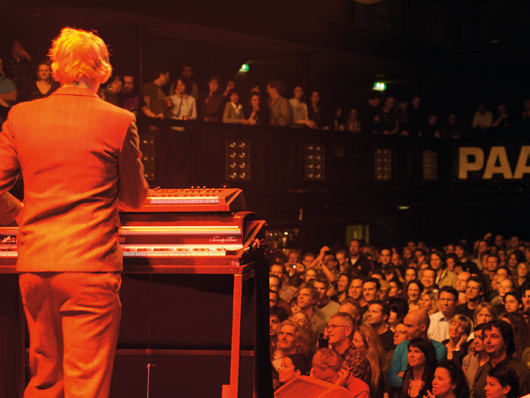
On the road
We mentioned that the band are famed for their live shows, and this is perhaps because they are very much ‘live’ performances. “We try and play as many parts as possible using musicians, and then we’ll have other parts running from a laptop using Cubase,” reveals Oscar. “On top of that I’ll play the Rhodes or Clavinet while also having an MS10, Solina String Ensemble and Moog Liberation to play with. Mark and Wim will use Kaoss Pads, samplers and CDJs to cut and chop samples and effects on top.”
Future Music is the number one magazine for today's producers. Packed with technique and technology we'll help you make great new music. All-access artist interviews, in-depth gear reviews, essential production tutorials and much more. Every marvellous monthly edition features reliable reviews of the latest and greatest hardware and software technology and techniques, unparalleled advice, in-depth interviews, sensational free samples and so much more to improve the experience and outcome of your music-making.


